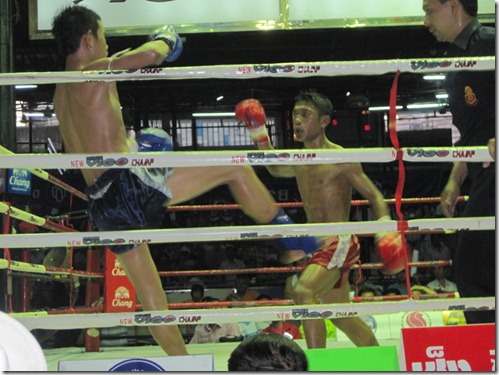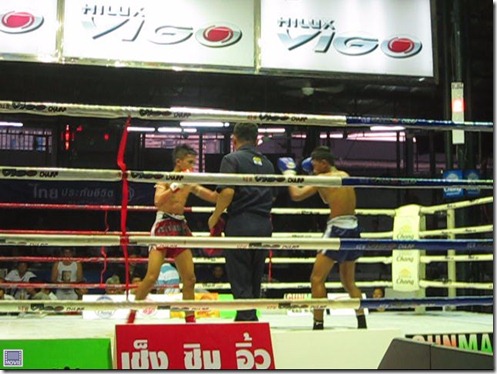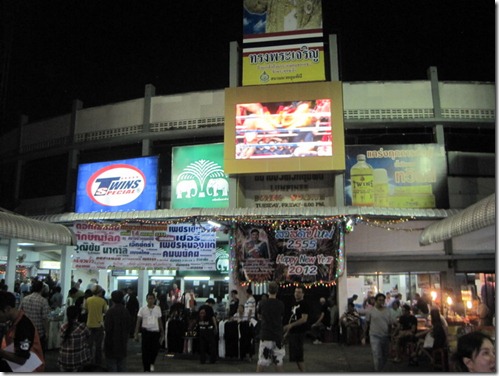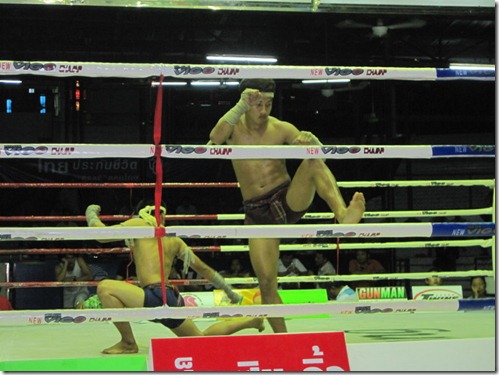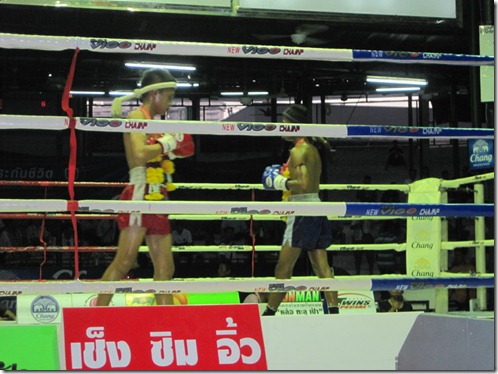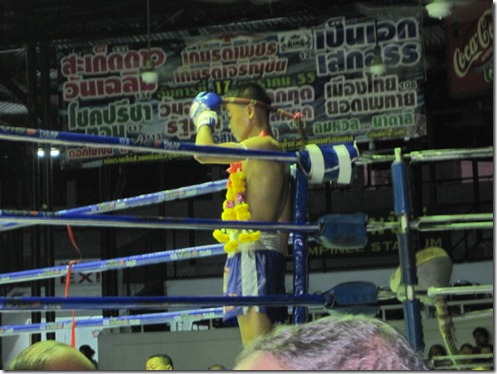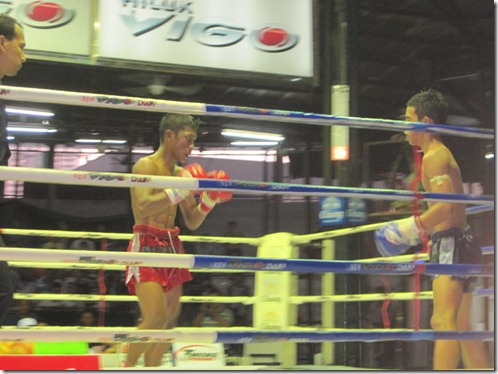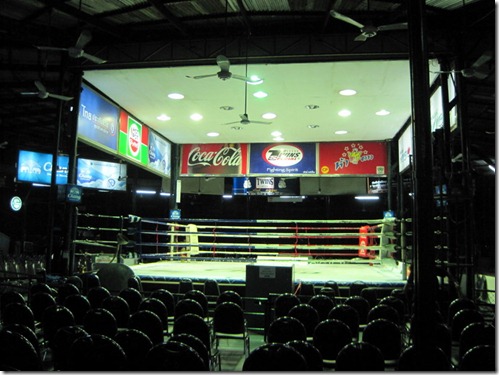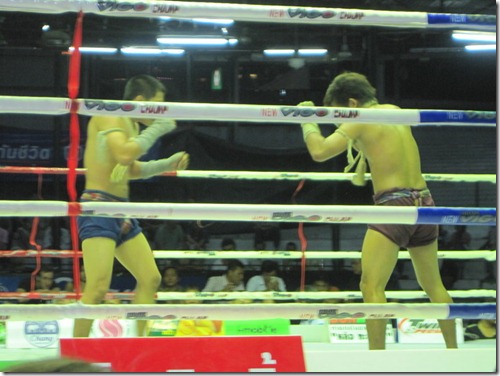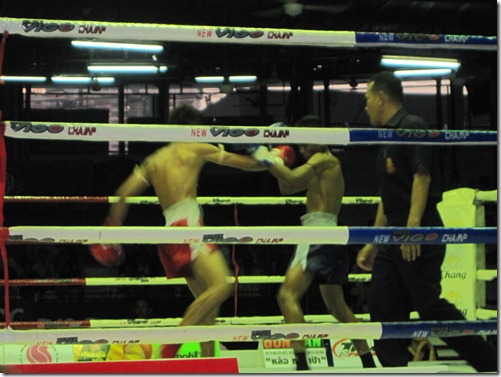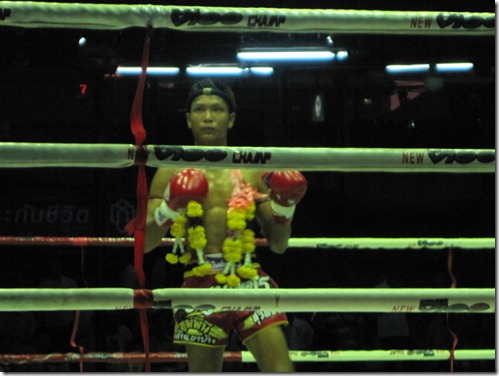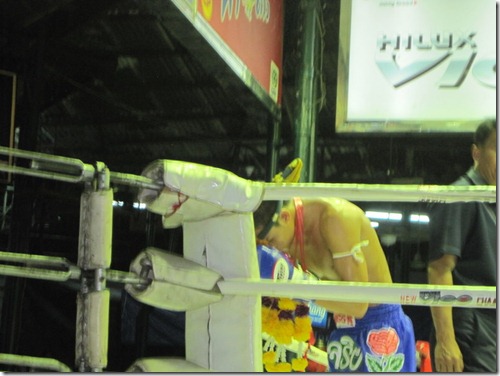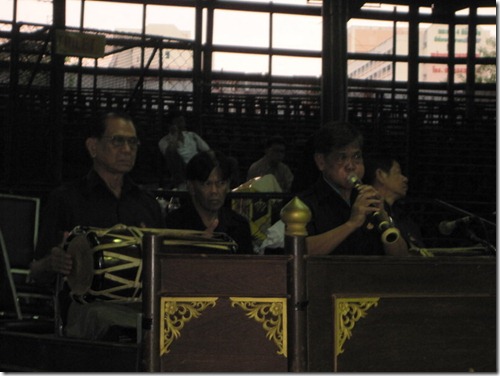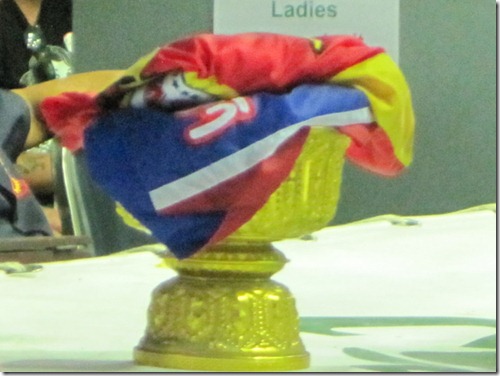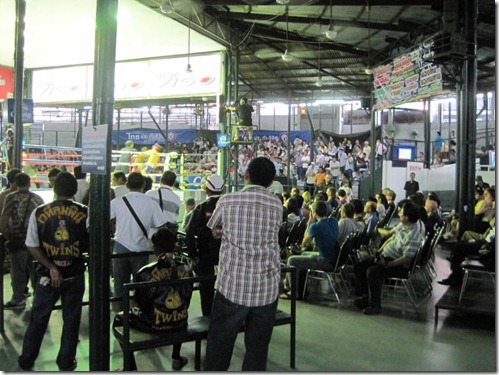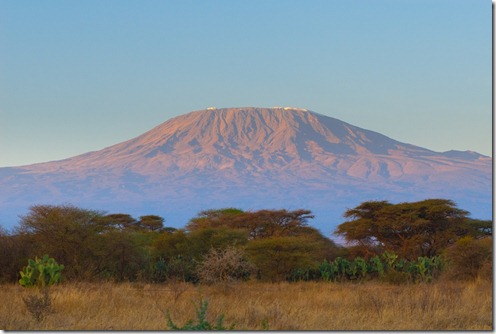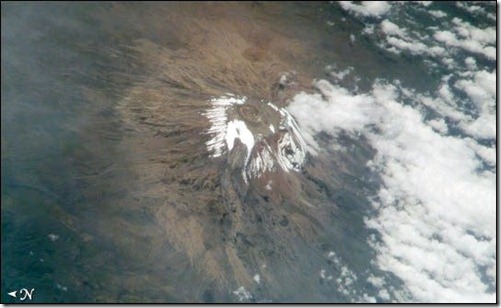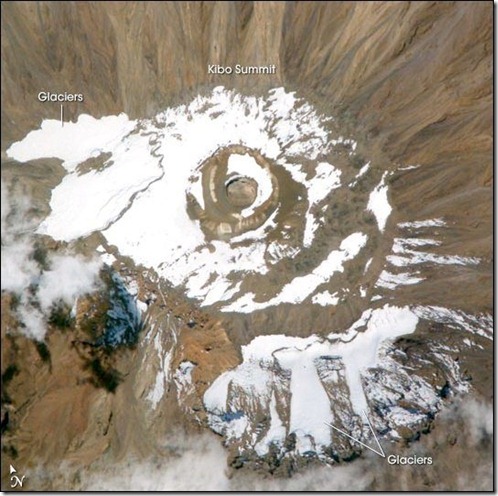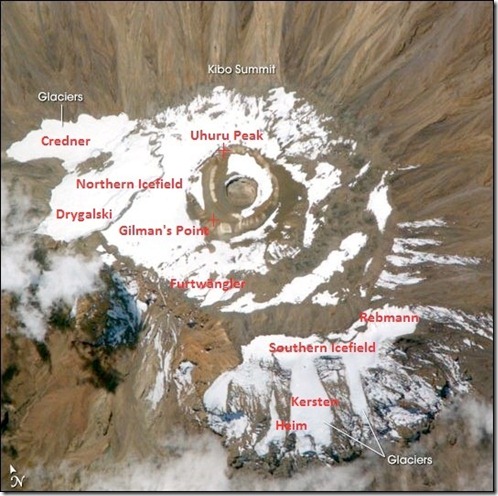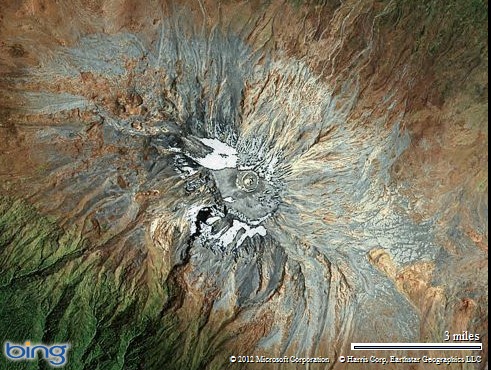Thoughts and Sayings (March 2012)
 Here are some thoughts and sayings I posted on Twitter and/or Facebook in February. To my knowledge, I made these up (for better or for worse). Sit back, relax, and enjoy the write!
Here are some thoughts and sayings I posted on Twitter and/or Facebook in February. To my knowledge, I made these up (for better or for worse). Sit back, relax, and enjoy the write!
1. I have a hangover from a heavy bout of writing and imbibing the fruits of my labor.
2. “Passive aggressive” is how an aggressive individual describes a passive person who has finally had enough of them.
3. From morning to evening I toil, and from evening to morning I rest. Ne’er shall the twain meet unless fate takes away the rest.
4. Whenever I burn the midnight oil, all I have left the next day are fumes.
5. Fascinating Oscar tidbit: No one named Oscar has ever won an Oscar.
6. Don’t bite the hand that doesn’t feed you either.
7. Oh how I hate to get up in the morning, oh how I hate to get out of bed. I think I’ll pretend it’s evening instead.
8. I dropped a bombshell, but it was a dud.
9. Why climb a mountain when you can level it?
10. Mornings are like dreams. Sometimes you never want them to end, and sometimes they’re simply nightmares.
11. If lettuce has a head, where’s the body?
12. A hippopotamus that criticizes another is being hippocritical.
13. I hired myself to manage my personal affairs. The pay is lousy, but I have a great boss.
14. I fired myself from managing my own affairs. I was taking the job too personally.
15. I’m exhausted. That’s great if you’re a muffler, but not if you’re a snorer.
16. I can’t understand why real life keeps me from spending time online with my imaginary friends.
17. That sound bite took a chunk out of my ear.
18. Facebook should let you friend yourself and Twitter should let you follow yourself so you can receive updates on how you’re doing.
19. A romantic ditty to tell your loved one on Valentine’s Day: “Your teeth are like a flock of sheep just shorn, coming up from the washing.”
20. Love is patient, love is kind, but you better buy red roses or you’re going to be in a heap of trouble.
21. Somebody should write a book called “A Pair of Normal Bromances” about some average Frankenstein’s Monsters who share a strong fraternal bond.
22. Saying something when everyone is asleep is a great way to be heard. It’s just too bad no one is around to listen to what you have to say.
23. I try to embrace my differences, but they’re always arguing with each other. Most of the time I have to separate them.
24. I rid myself of the negative energy but now have none left.
25. It’s more fun to be the younger sibling when you get older.
26. I wonder what my mind is thinking right now.
27. The Squat Heard ‘Round the World – The New York Giants beat the New England Patriots in the Superbowl by an unwanted touchdown.
28. The world’s going to hell in a hand basket but doesn’t have enough material to finish weaving it.
29. I’m so far behind that it’s going to take me awhile to get less farther behind.
30. Does Punxsutawney Phil make you want to run and hide or leave you scared of your own shadow?
31. The slash and burn method works whenever you have piles of work to do and they’re all hot.
32. Light can’t travel. It doesn’t have suitcases or a passport.
33. I just got back from a bike ride. It gave me a chance to catch up with my thoughts. Walking was too slow.
34. Rovio should partner with Warner Bros. to produce a game called “Tweety Birds” where angry yellow birds pelt Sylvester the Cat with 140 character tweets.
35. “Name the Wat” is a fun game to play in Thailand where you nickname a temple, or “wat,” whenever you see one. My favorite temples are “Wat Dowedonow” and “Wat Areyoudoin.”
36. If a movie is boring, here’s a trick to make it more interesting. Pick one character and count how many times they do one thing on screen. Sarah Jessica Parker brushed aside her hair no less than 16 times (not counting scratching head lice) in “I Don’t Know How She Does It.” Watching her was very entertaining.
Click here to read the previous batch of Thoughts and Sayings.

